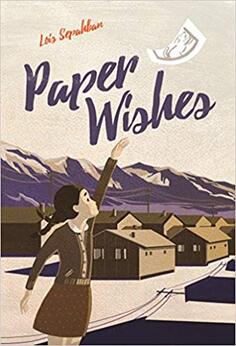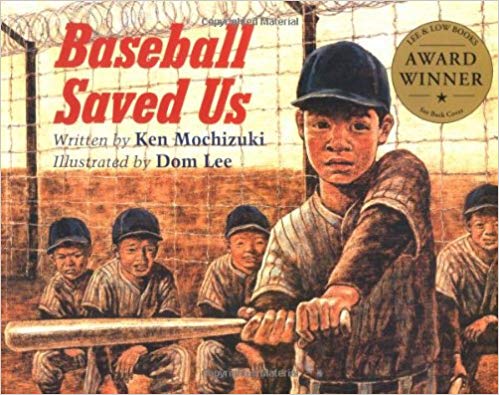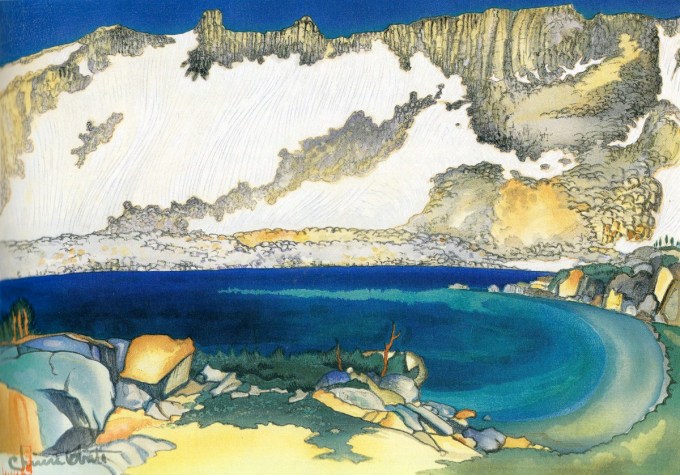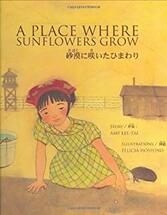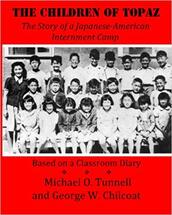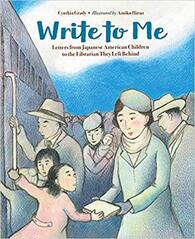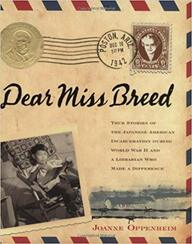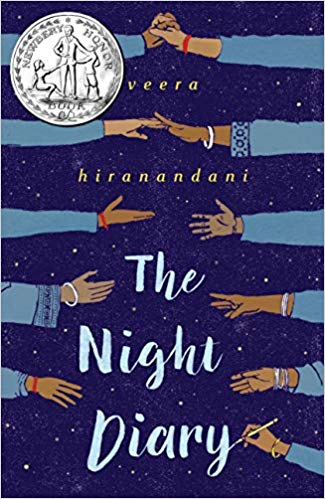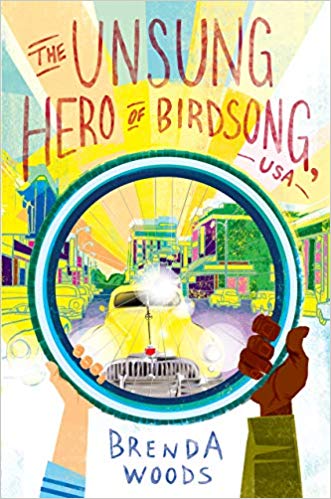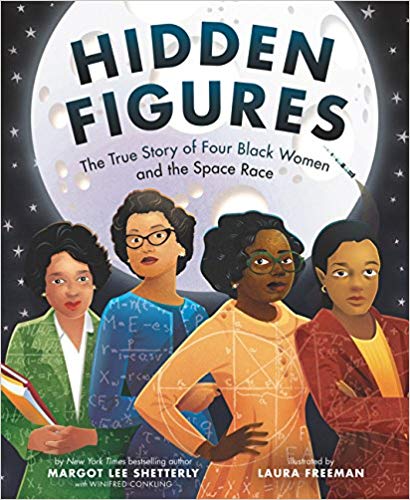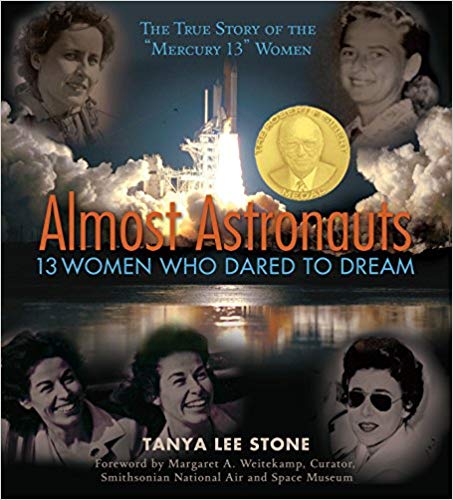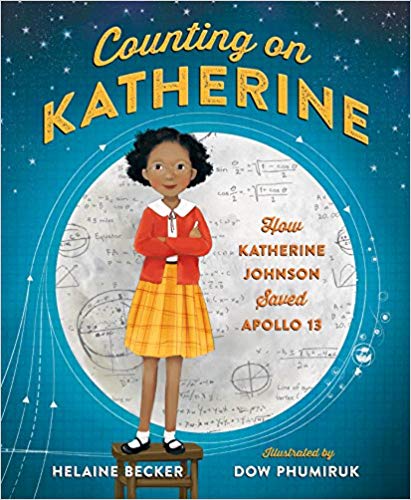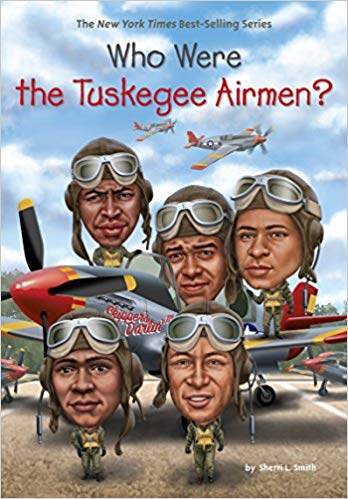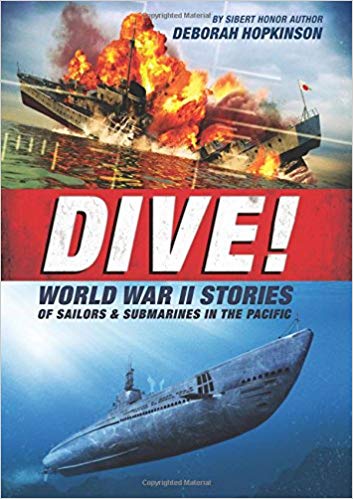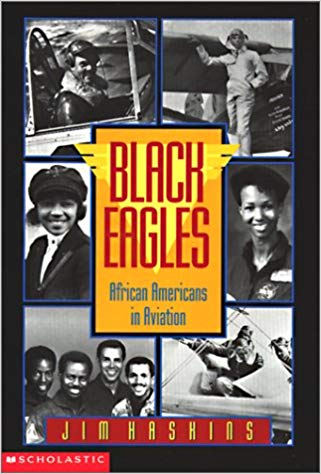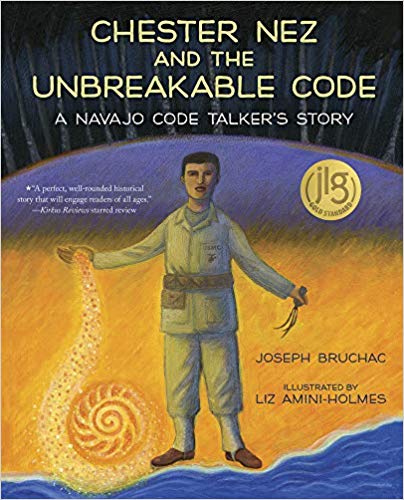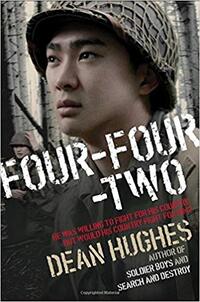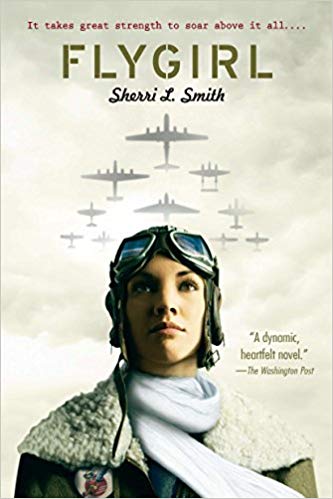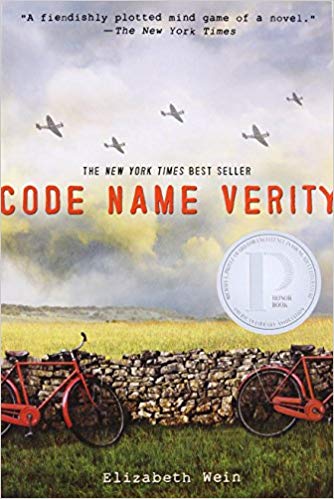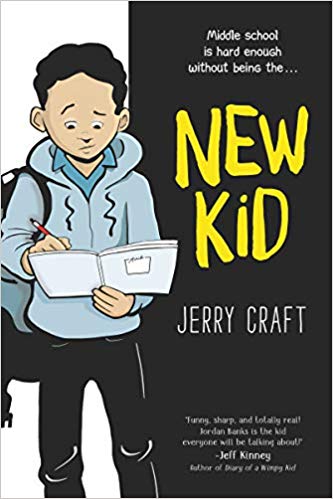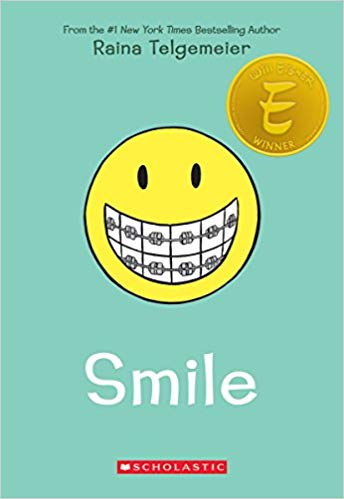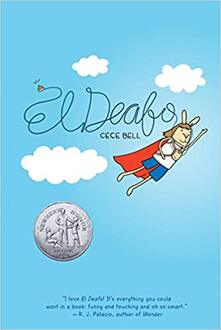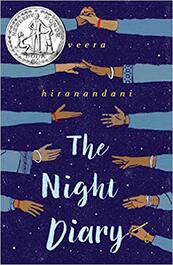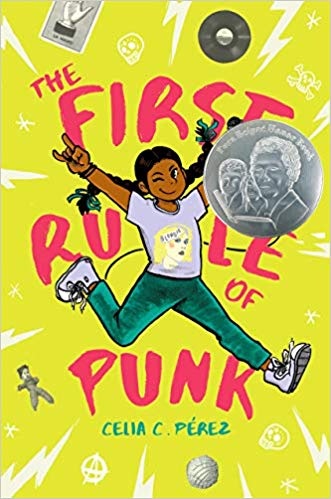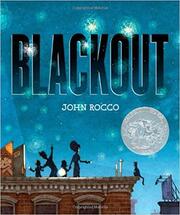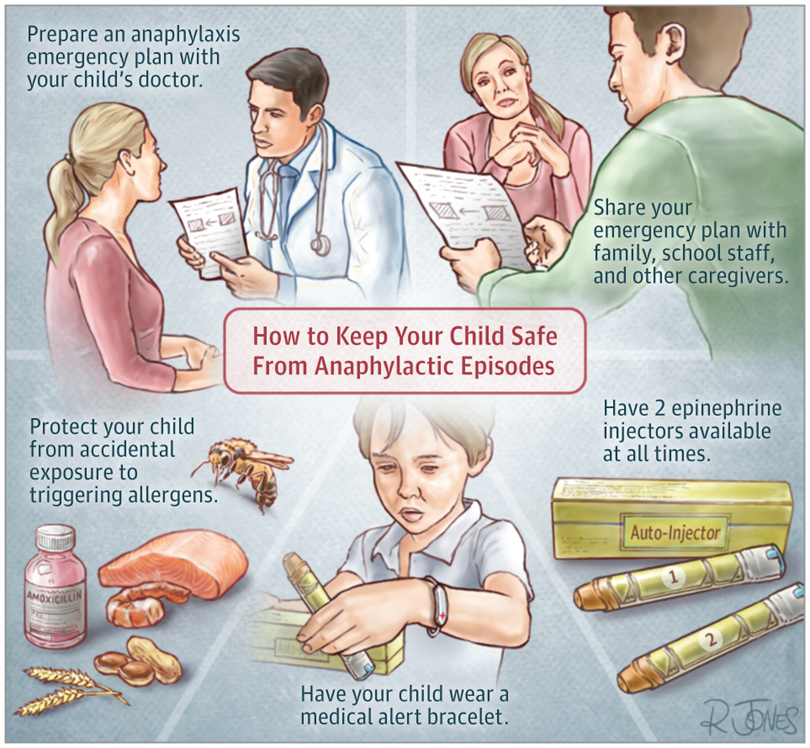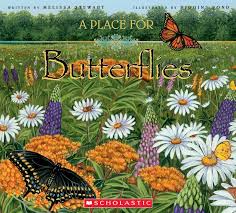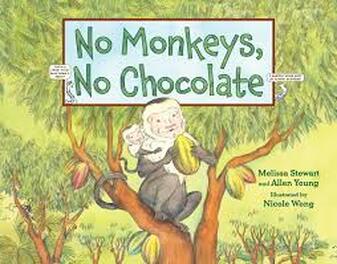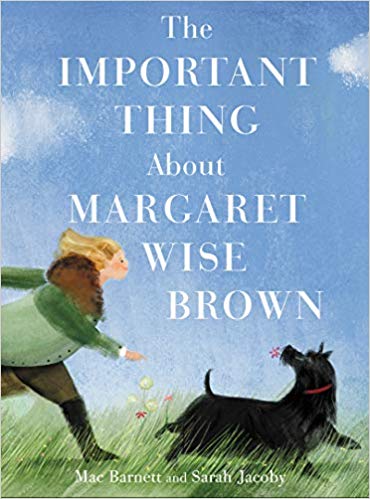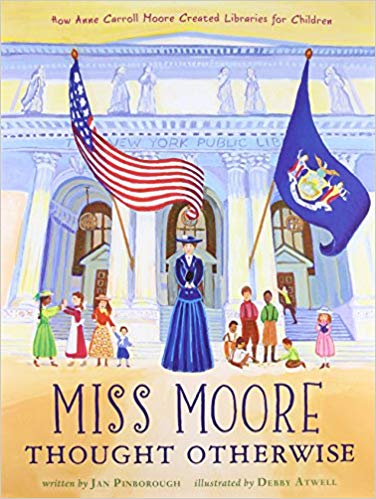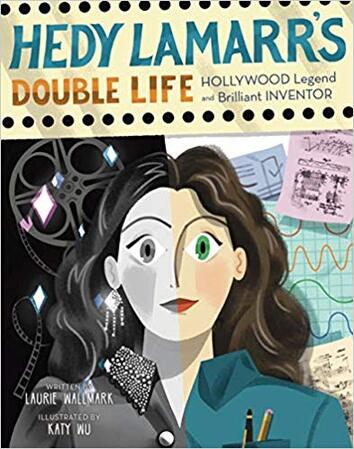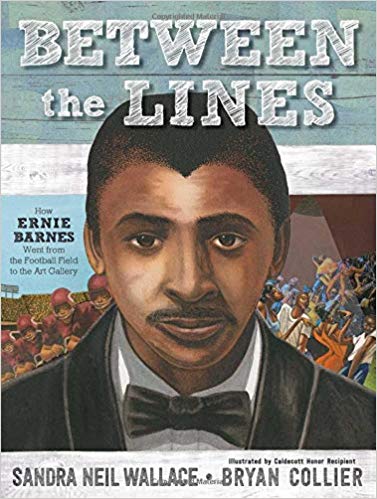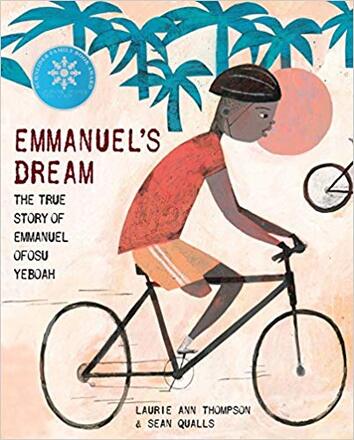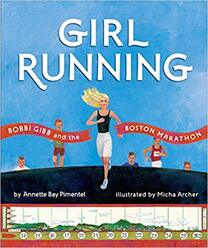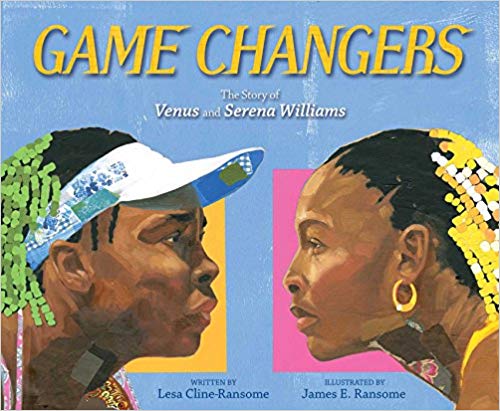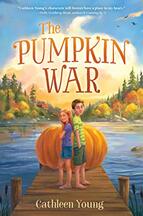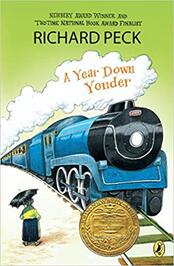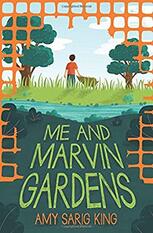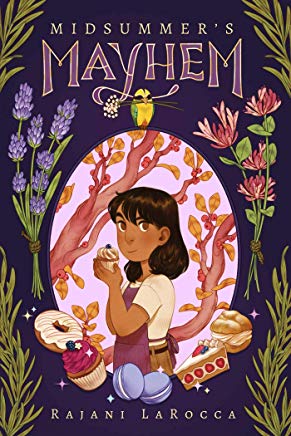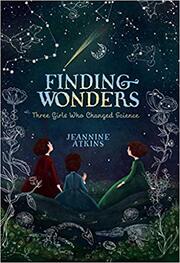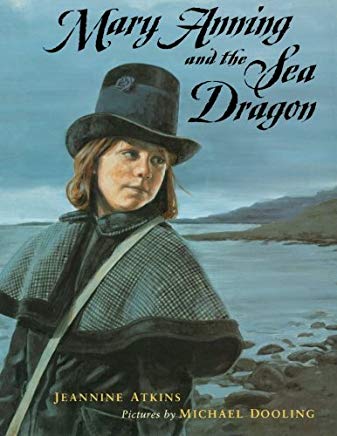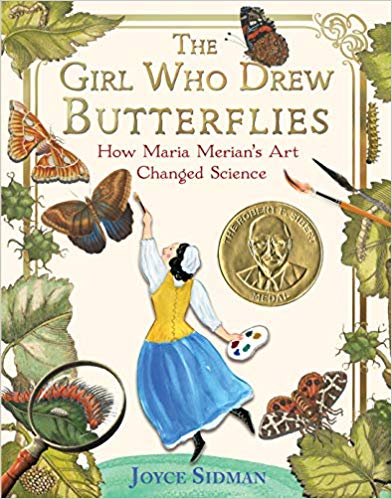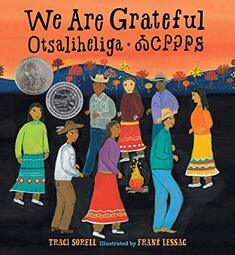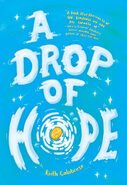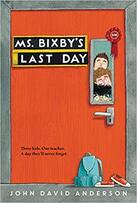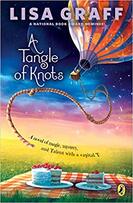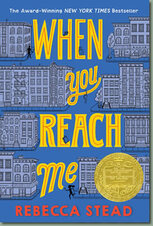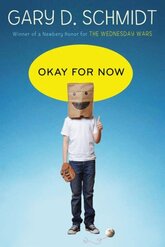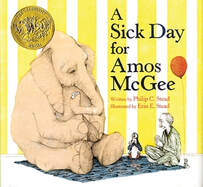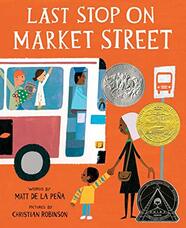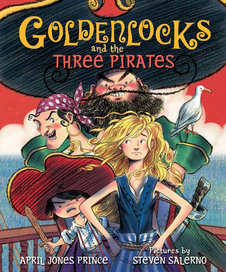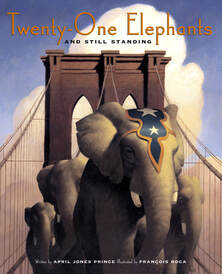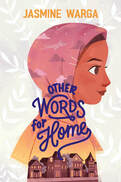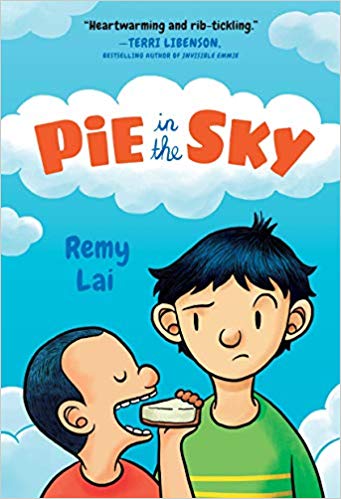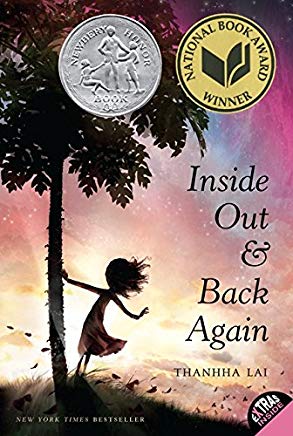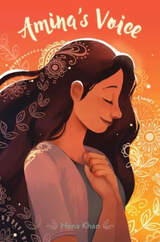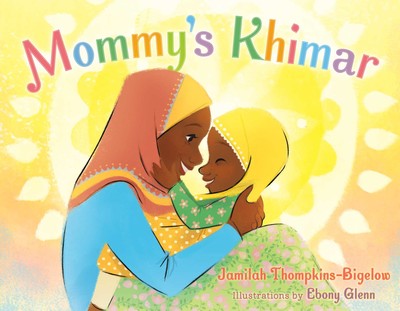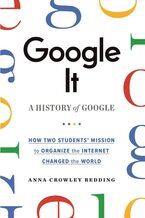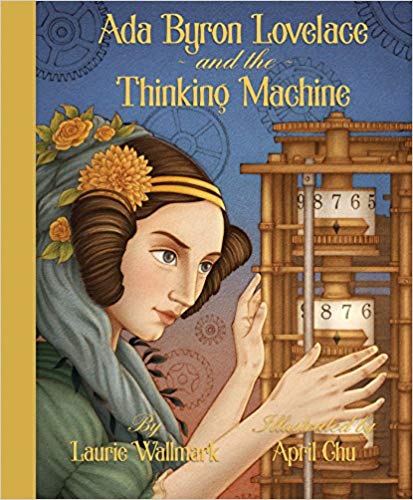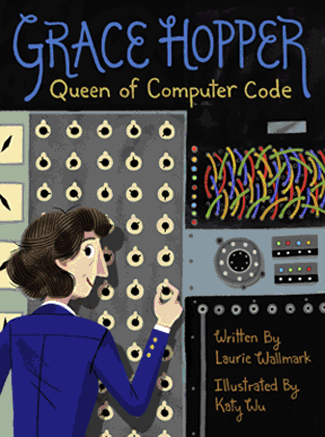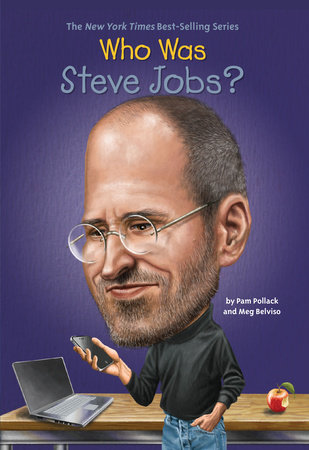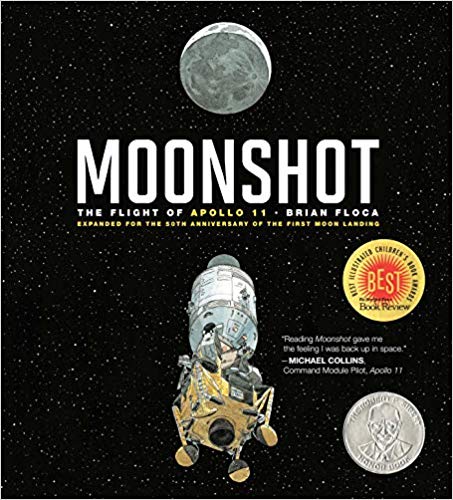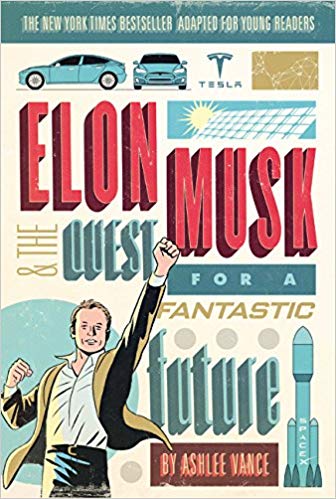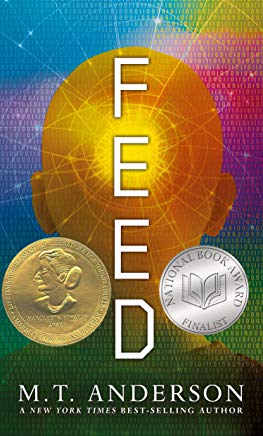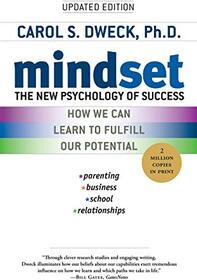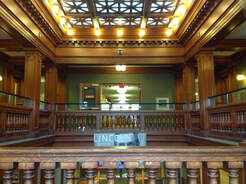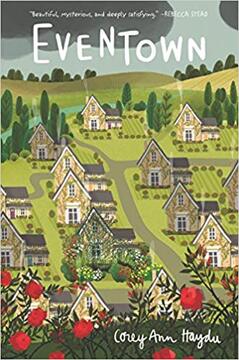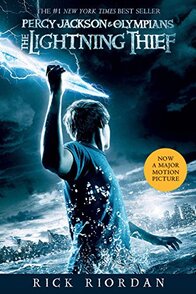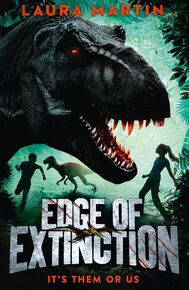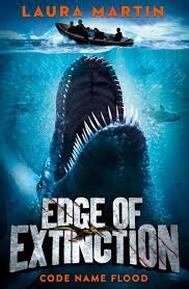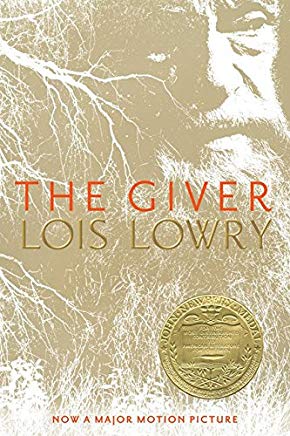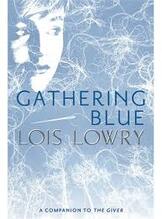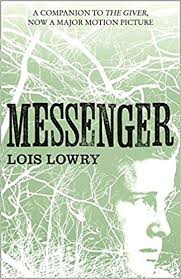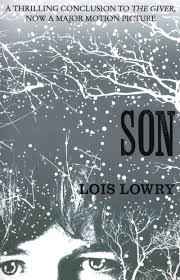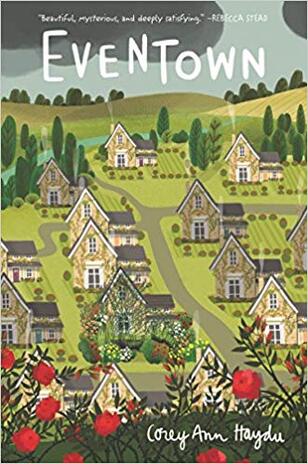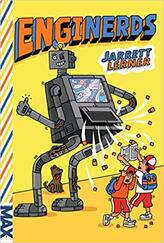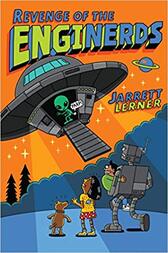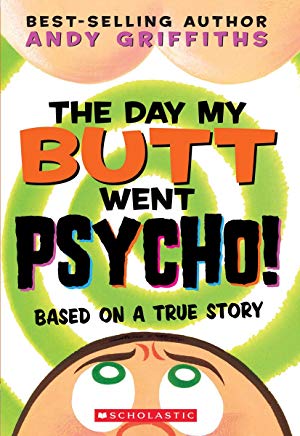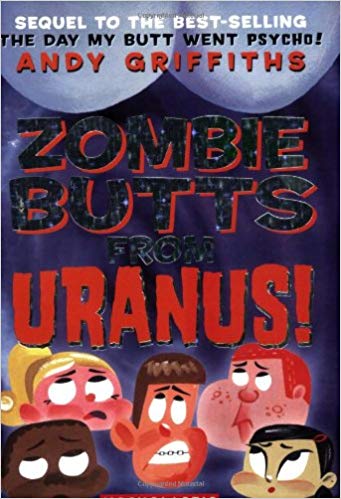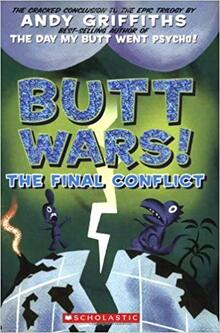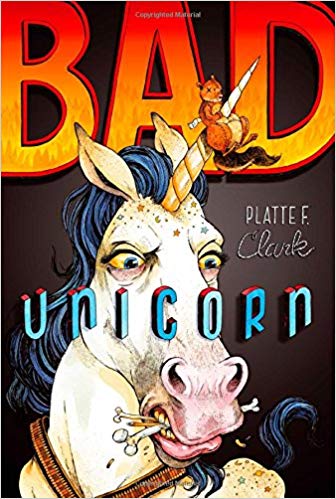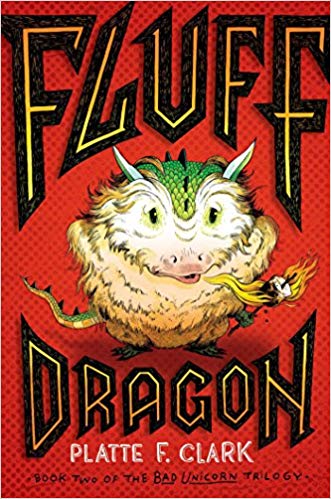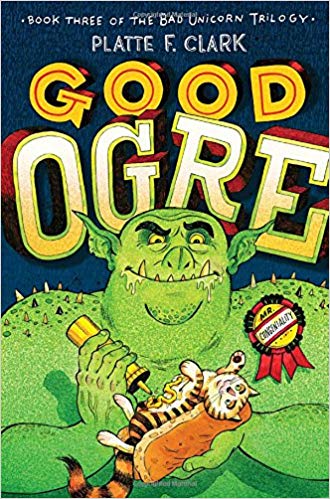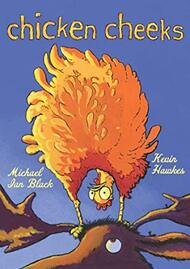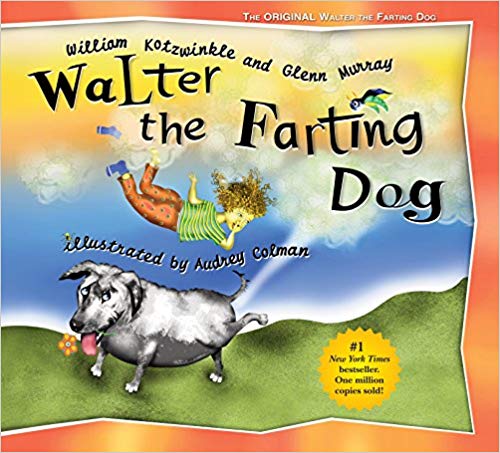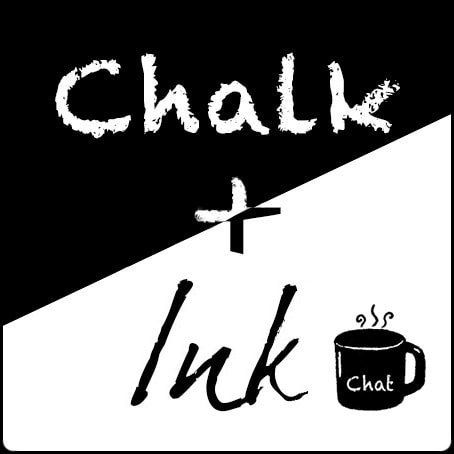Vlog Transcript Below
Slide 8: The last novel I’m going to talk about in this text set is Stealing Our Way Home by Cecilia Galante. Unlike Paper Wishes and The Night Diary this is not historical fiction. This is realistic fiction set in modern day times. The other thing that makes this novel different from the other two is that it’s a dual narrative. So, it alternates perspectives between the brother, Jack, and the sister, Pippa. What Pippa has in common with Manami and Nisha is that she, too, loses her voice. This happens after her mother dies, and she strugglest throughout the novel as well to find her voice.
0 Comments
Vlog Transcript Below
Slide 5: Next up I want to talk about Dive! By Deborah Hopkinson. This is a nonfiction book geared toward older readers; however, on pages 144-147, she features African-American men who served in the Navy. The first African-American man to earn a Naval Cross in WWII was Dorie Miller. We also learn that there wasn’t an African American commander of a U.S. naval submarine until 1983, Captain Peter Tzomes. There are only a few pages here dedicated to African-American men, but they really highlight their dedication and bravery as well as the discrimination they faced in the U.S. Navy.
Slide 9: Finally, I want to talk about two historical fiction novels that feature females in the war. The first one is by Sherri Smith. I haven’t read Flygirl; however, she wrote Who Were the Tuskegee Airmen? which is fantastic. I definitely will be reading Flygirl now that I know about it. Last, I want to talk about Code Name Verity. Again, this is for your older readers, people in high school. This is one of my favorite novels of all time. Every time I read it I am inspired by the characters’ dedication and bravery. Their courage is more impressive than any other character or person I’ve ever read about my entire life. I highly recommend Code Name Verity and I cannot wait to read Flygirl by Sherri Smith.
Slide 7: I always like to throw in a picture book in my recommendations. My favorite graphic novel style picture book is Blackout by John Rocco. What I think is important about Blackout is that there is a non-binary main character. When I read this book with my students I always ask them if they think the main character is a boy or a girl and why. It’s really interesting to hear their responses.
Vlog Transcript BelowSlide 1: Hi! My name is Kate Narita. This is day sixteen of my summer 2019 #Bookaday Challenge. Today I will be talking about picture book biographies. Slide 2: Before I get started with the biographies, I want to explain where I got this idea. My friend, mentor and fellow author, Melissa Stewart, suggested I read two of the biographies I will be talking about today. Melissa has written over one hundred books for kids. They are fabulous. Here are two of them that I use in my classroom each year.
Slide 6: This idea of choosing between one quality and another quality reminded me of Between the Lines: How Ernie Barnes Went from the Football Field to the Art Gallery (I said Banks (I got my sports mixed up), but meant Barnes!) This is an outstanding picture book biography. We used it this year when my class was doing a mock Sibert medal contest and my boys absolutely loved this book. They loved this book because they were seeing a man who succeeded in football, he was an NFL star, and he succeeded as an artist. Often times boys think they have to choose between am I going to be an athlete or am I going to be an artist. When in fact, people can be both. I will link in the vlog post below to the January blog posts my students wrote. You can see just how powerful this book is and how much it affected them.
Vlog Transcript BelowSlide 1: Hi! My name is Kate Narita. This is day fifteen of my summer 2019 #Bookaday Challenge. Today I will be talking about The Pumpkin War by Cathleen Young.
Vlog Transcript BelowSlide 1: Hi! My name is Kate Narita. This is day fourteen of my summer 2019 #bookaday challenge. Today I will be talking about A Drop of Hope by Keith Calabrese.
Vlog Transcript BelowSlide 1: Hi! My name is Kate Narita. This is day 13 of my summer 2019 #bookaday challenge. Today I will be talking about the gorgeous Other Words for Home by Jasmine Warga.
Vlog Transcript BelowSlide 1: Hi! This is Kate Narita, author of 100 Bugs! A Counting Book and a fourth grade teacher, this is day 12 of my summer 2019 #Bookaday Challenge. Today I will be talking about Google It.
Vlog Transcript BelowSlide 1: Hi! My name is Kate Narita. I’m the author of 100 Bugs! A Counting Book and a fourth grade teacher. Today is day eleven of my summer 2019 #bookaday challenge. I will be talking about Eventown by Corey Ann Haydu.
Slide 6: Eventown is most like The Giver Quartet by Lois Lowry. Eventown doesn’t have the dire consequences that The Giver Quartet has; however, it’s the same concept that the founders of the society that that what they’re doing is best for its citizens when in actuality it’s not. Normally I include a picture book recommendation; however, I have never found a dystopian picture book. So, if you have one let me know.
Vlog Transcript BelowSlide 1: My name is Kate Narita, and this is day 10 of my summer 2019 #Bookaday challenge. Today I will be talking about Revenge of the Enginerds.
Slide 4: If you have students who like this silly kind of humor and really want more of it, then I highly suggest you check out The Butt Wars series by Andy Griffiths. These novels are also hilarious. I would say they’re a little bit harder to read than Jarrett’s Revenge of the Enginerds or Enginerds. They’re a little longer, and there’s more text on the page. But they’re in the same vein. Slide 5: Finally, if you have readers who are really advanced but still enjoy that silly kind of humor, I highly recommend Platte F. Clark’s Bad Unicorn trilogy. It’s absolutely hilarious. It’s brilliant. He does an excellent job of weaving together a pretty complex plot, and the characters also make you laugh out loud.
|
Chalk + Ink ChatsWant to hang out with teachers who write and writers who teach? Fill this form to join our Archives
October 2023
Categories |
